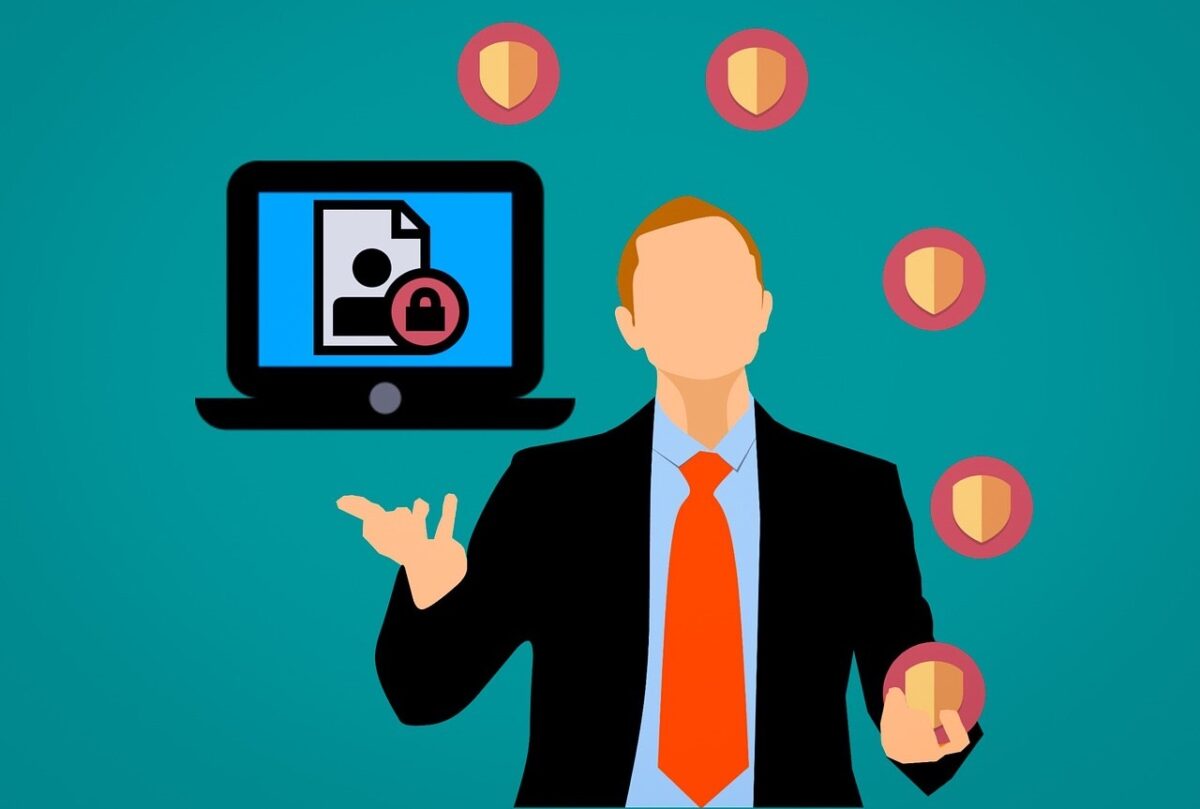The future of work will now define a modern approach to how data threats will be managed. From the gig economy, the rise of knowledge workers, cloud-linked data creators, the globalization of the workforce, and transformations in office culture; all these and more have tremendously affected relationships between the workforce and companies.
Recent new trends are also posing unique challenges to IT security teams and companies that are called to task a rapidly evolving data threat landscape where people hold the key to safety or breach of information.
In recent times, these rapidly changing trends and themes have accelerated in the past few weeks at a pace that no one expected. As the world grapples with this new reality, modern IT teams must move forward and provide a level of data security resilience and document protection to a remote and on the move workplace in these times. It is now more crucial than ever to ensure that data security teams have the ability of detecting and responding to data threats outside of organizational policy or expected work activities.
Here is how the workforce can ensure they address data security challenges adequately today:
Revive instructional material on organizational data policies and best practices
Data security and effective document protection begins with an informed user base. Employees that are on the move or those who work remotely have access to online tools such as VPNs that could make them prone to errors. Especially, as they mix work life with remote or on the move activities. Now could be an excellent time to restore data security awareness instructional materials and training programs.
Curtail access to only the documents and information required
As a foundation to any data threat security program, it becomes even more critical when the workforce is accessing data while on the move or working remotely to access confidential documents, information and systems. In some cases, there could be minimal or no control over the documents, data or the system on which the permitted user may be accessing it. Hence, if the organization is not ready, creators of confidential documents and information must implement and enforce robust data security policies such as digital rights management (DRM) that applies least privilege access to the data.
Testing data access strategy outside office perimeters
Safeguarding the connectivity to organizational applications and information is crucial in securing the privacy of the data and its remote workers. Regardless of whether the employee is using a conventional VPN or the latest software in a defined perimeter, data and document security solutions that provide control over access and endpoint security should ensure that the workforce is staying productive regardless of the security employed. In this regard, digital rights management can help in securing documents irrespective of where they are located, while at the same time ensuring the workflow is seamless.
Leveraging multifactor authentication
Multifactor authentication is a significant failsafe when it comes to safeguarding the access to confidential documents, information and resources. It is even critical when employees are joining networks and systems from protected endpoints. With regards to the workforce connecting to organizational systems from either sanctioned endpoint devices or bring your own devices (BYOD), the risk of their credentials being compromised is far higher than first thought. Hence, making sure that confidential documents, data, resources and infrastructure stays secure with a robust multifactor authentication strategy is even more crucial in today’s distributed work culture.
Ensuring visibility across a widened footprint.
With new endpoints coming online, regardless of whether they are physical or virtual, it is essential to cover them and ensure they are visible. As the workforce gets ready to adapt to an online work paradigm, they could be exposed to managing sensitive documents, data and information if they do not practice proper sharing and distribution methods. Outside actors and entities could compromise such exposed and erroneous activities, which is why organizations must ensure their staff have visibility across the broader footprint of endpoints in their companies today.
Conclusion
One of the primary concerns as a society and as businesses when it comes to privacy is that when people talk about data or document protection, it is often glossed over, and given a distant second billing to protecting the rights of client or business information. Individuals and companies throughout are dealing with an extensive range of IT risks that can impact upon their performance and result in financial loss. These risks include data security, workforce issues, data loss, data fraud and phishing, supply chain security and the security of the overall business. They, in many cases, treat data and document protection as some kind of optional extra, an additional service that needs to be given a broader definition to have any meaning.
The reality is that data and document security and safeguarding data privacy is crucial in these times. The only way to safeguard sensitive information is to use encryption and digital rights management (DRM) to control both access and use. DRM can effectively and efficiently reduce the risk of unlawful, or accidental, disclosure to third parties and safeguard the integrity and confidentiality of documents anddata.
Now could be an ideal time to re-assess the data security policies and strategies of your organization from the viewpoint of a broadened, remote and on the move data sharing reality.
As a crucial and requisite response to changing circumstances, every organization must ensure that data is securely protectedacross the lifecycle of their valuable documents or PDF files.

